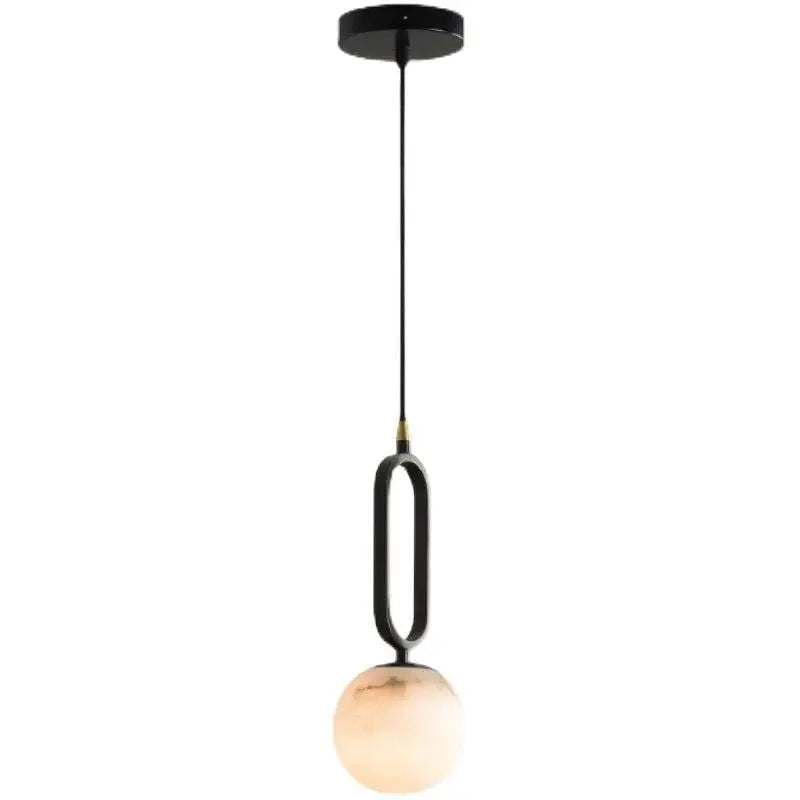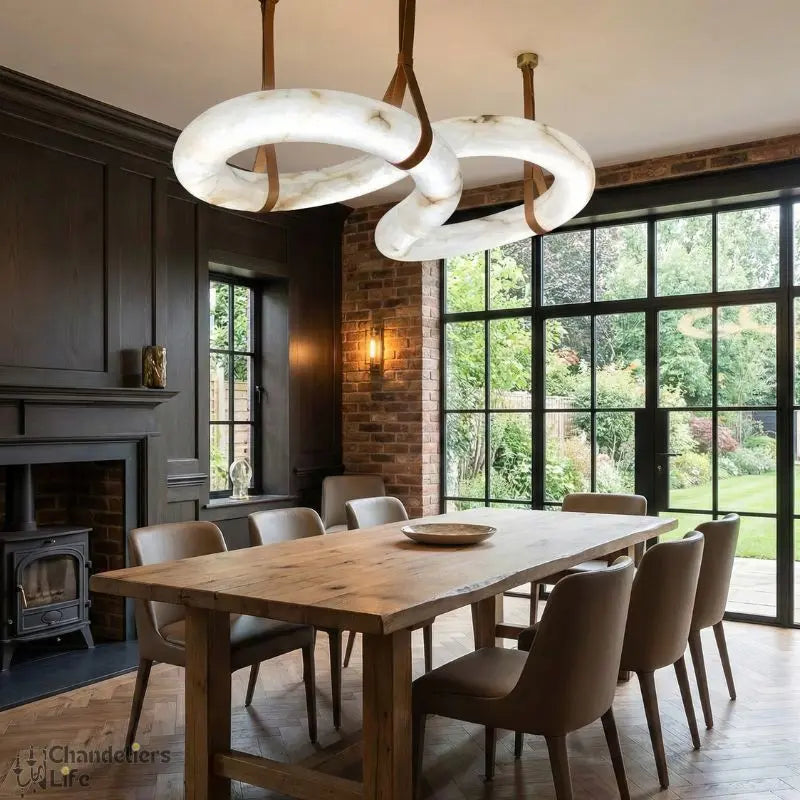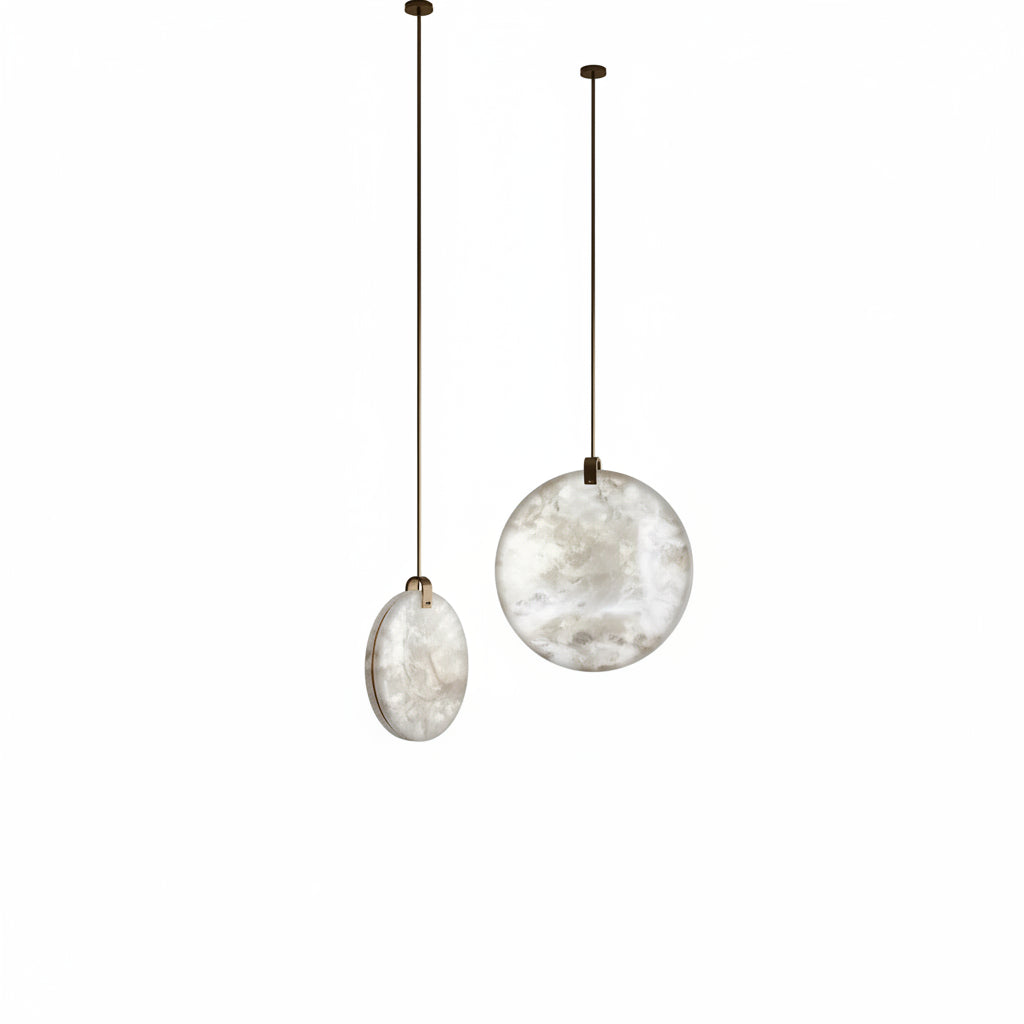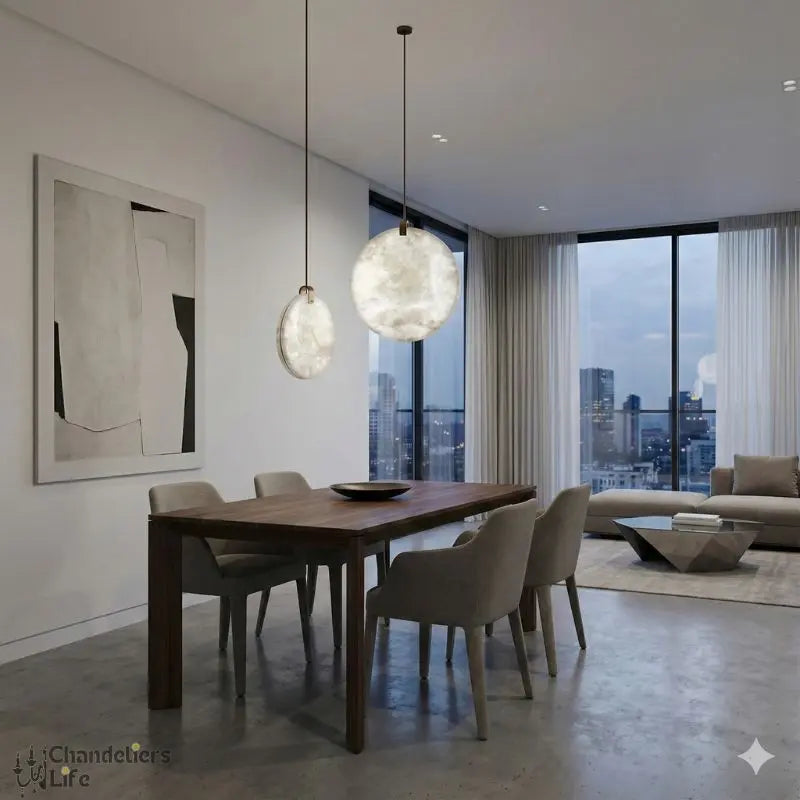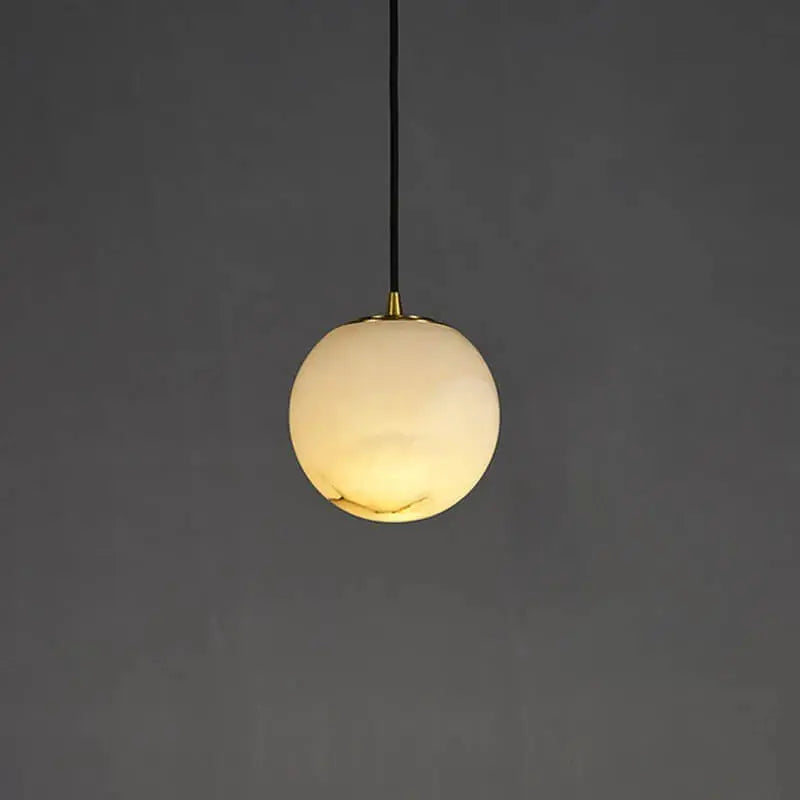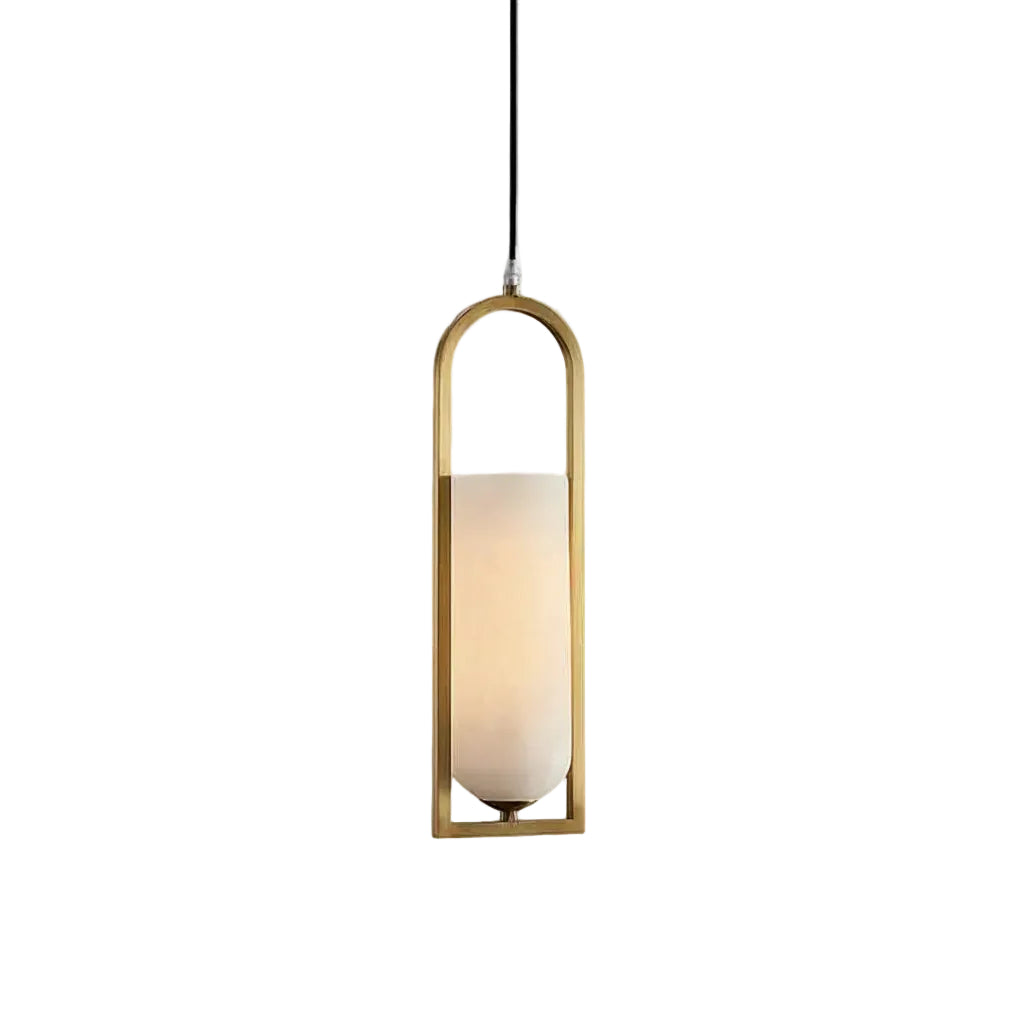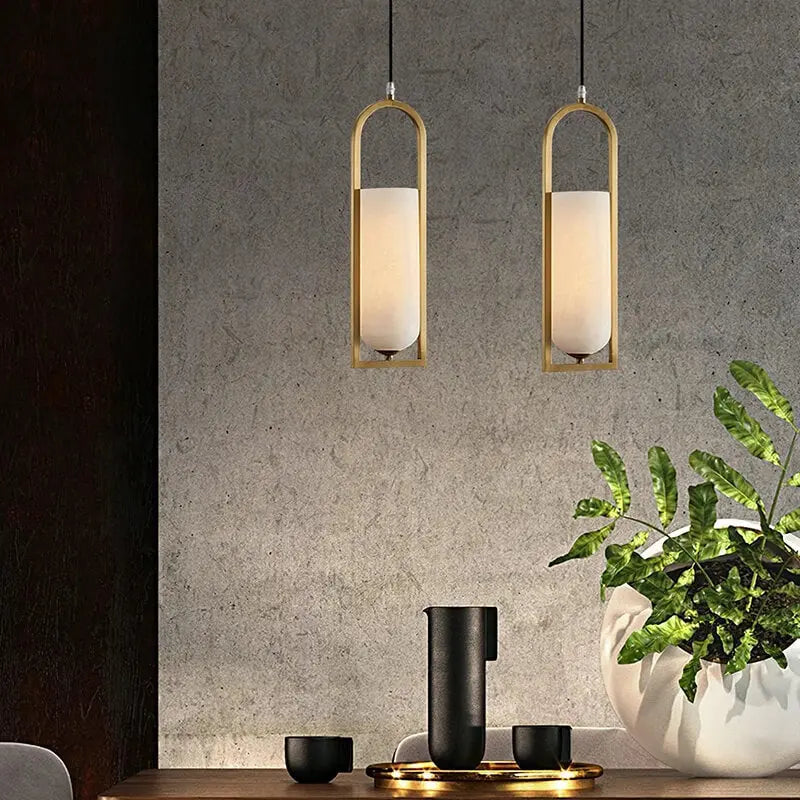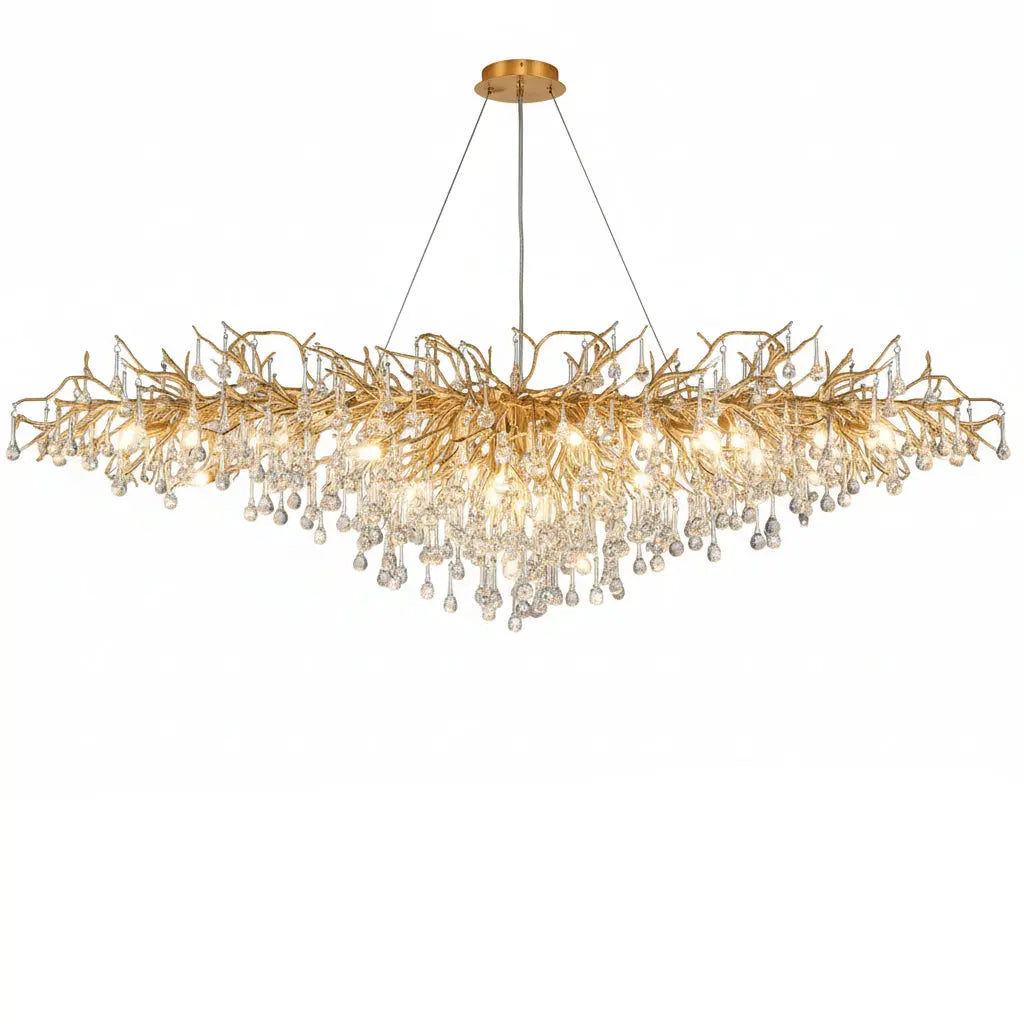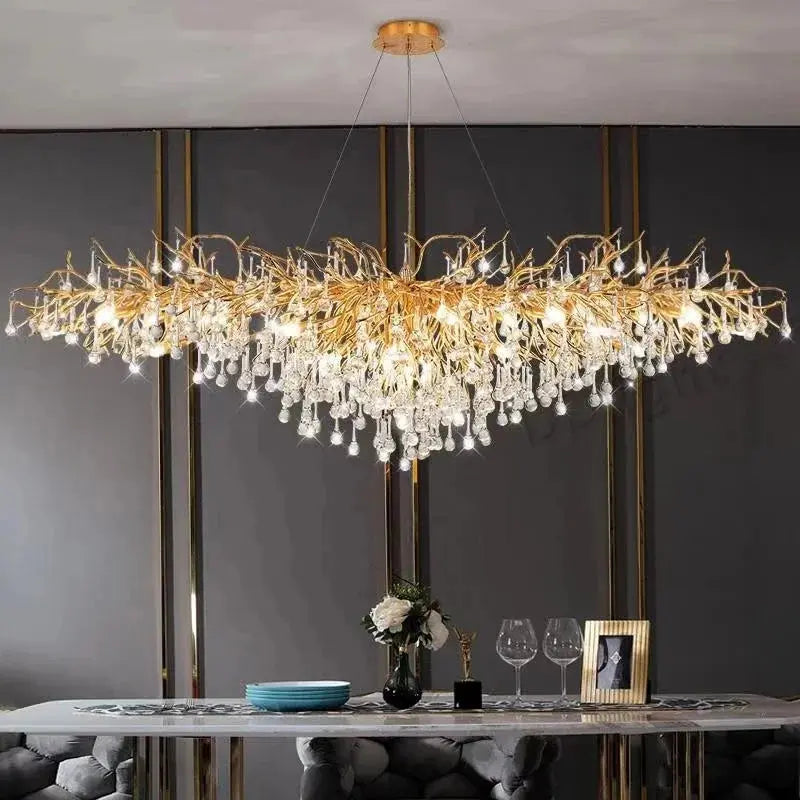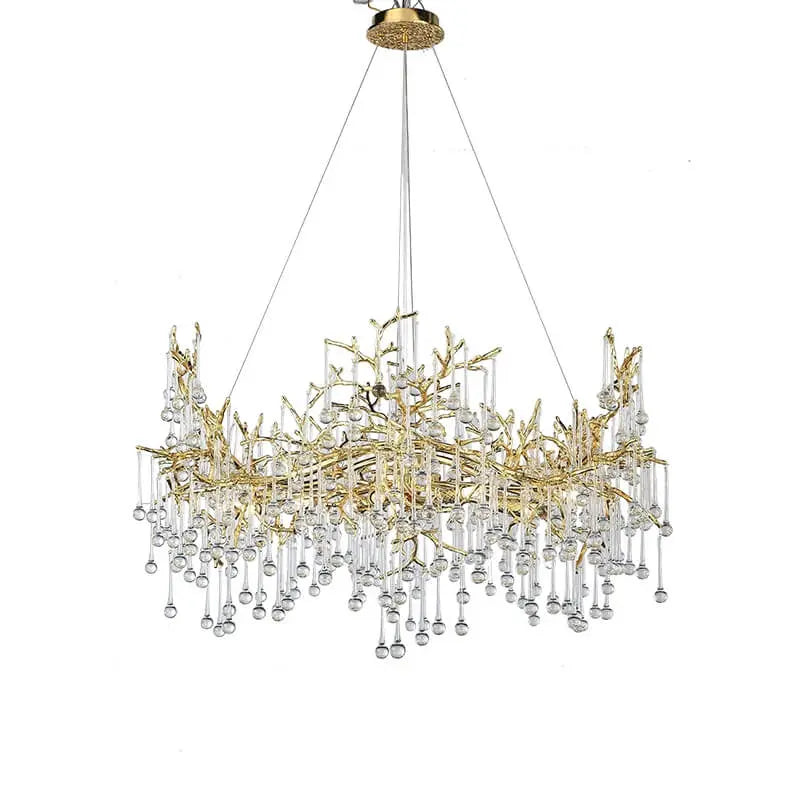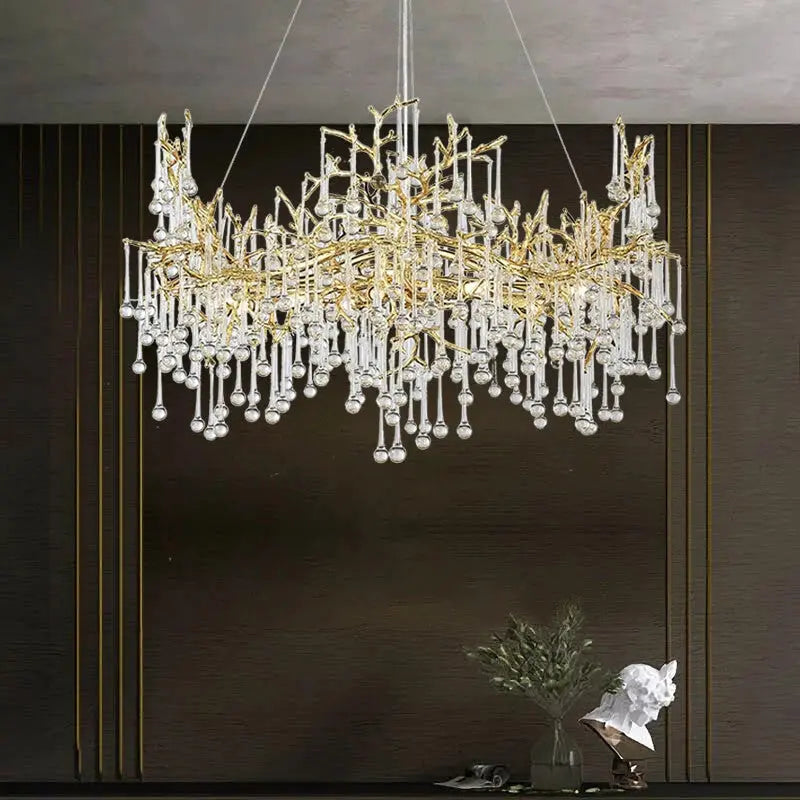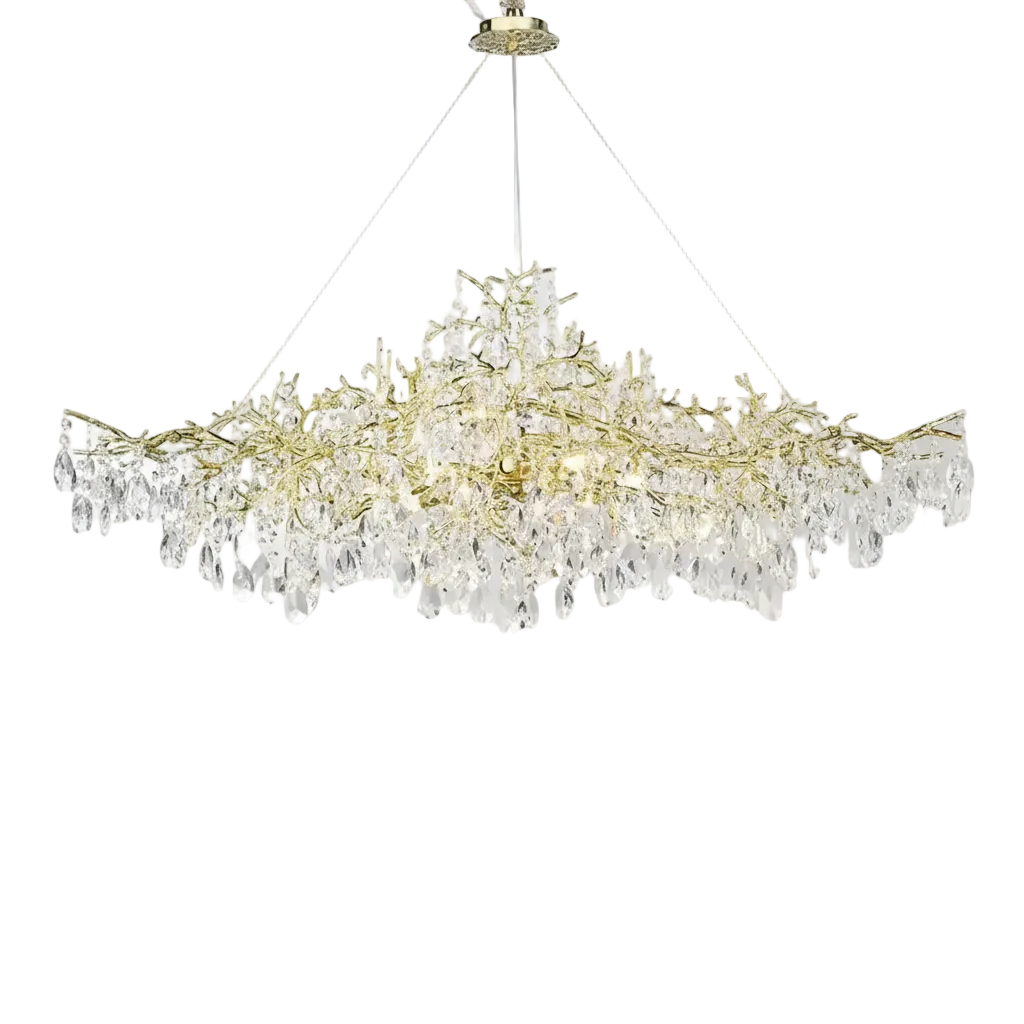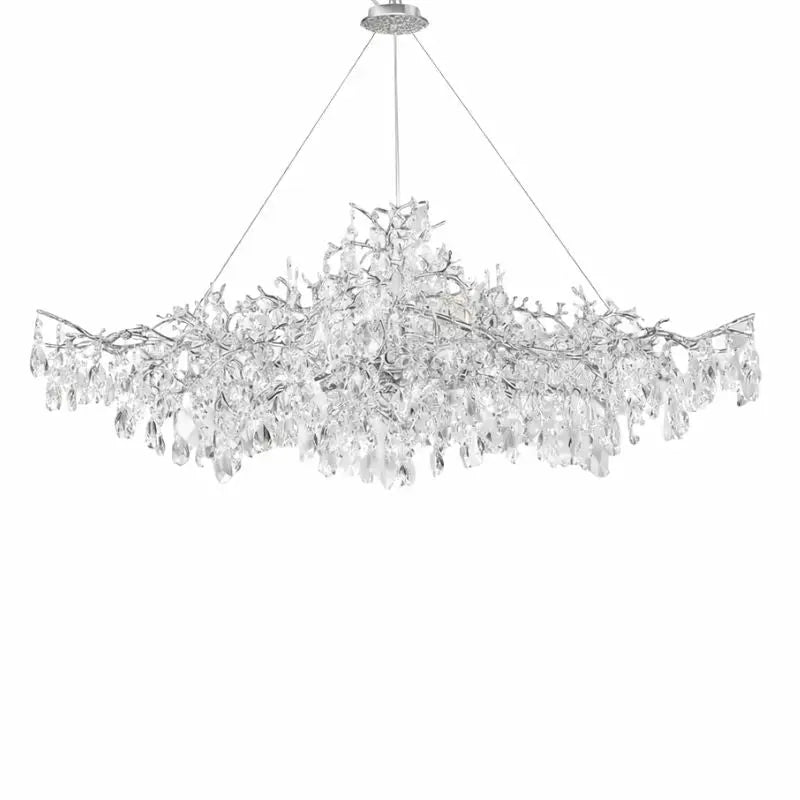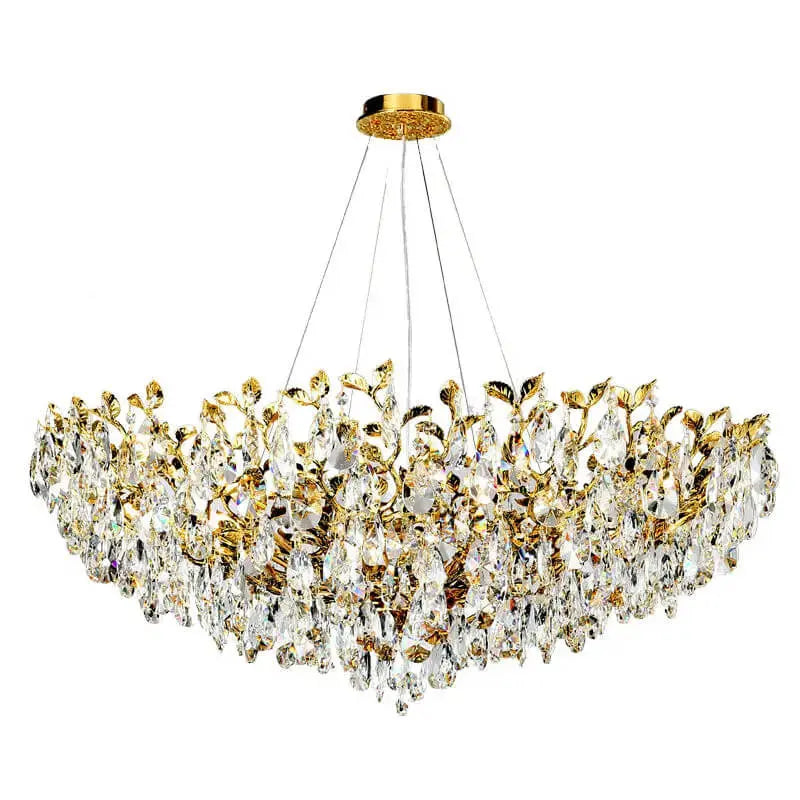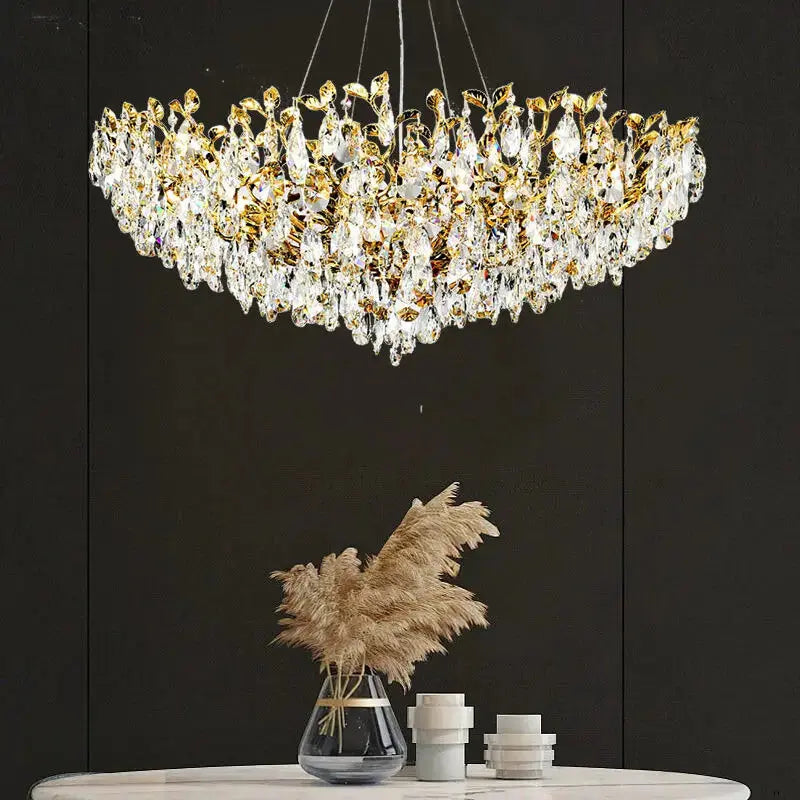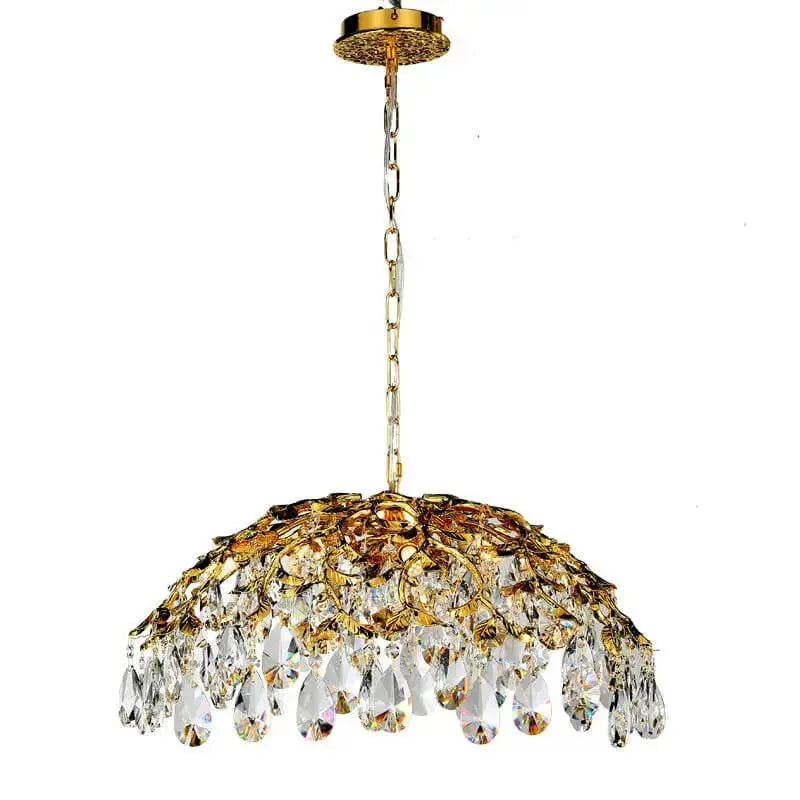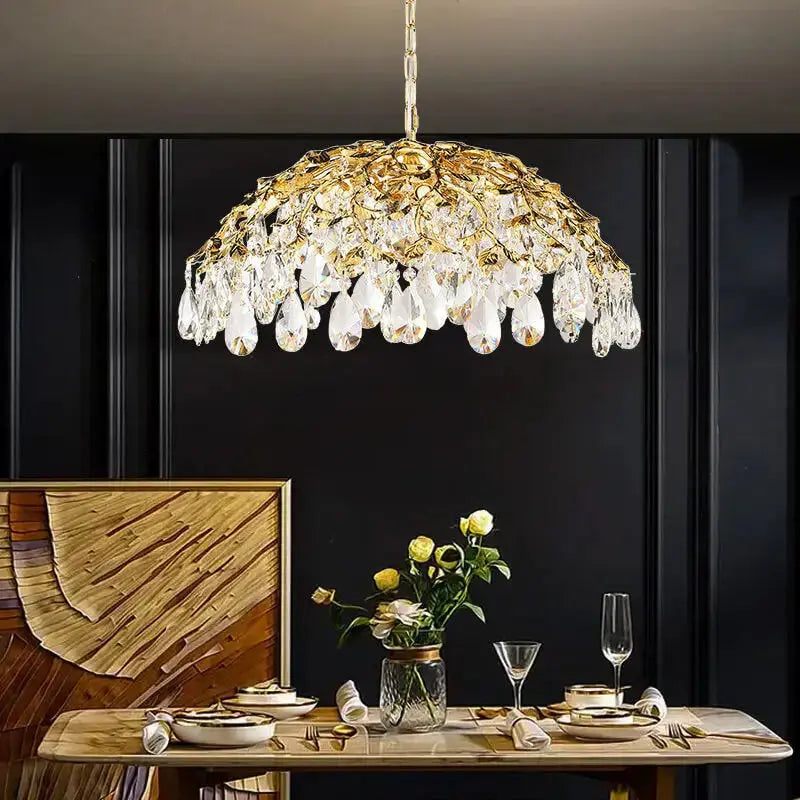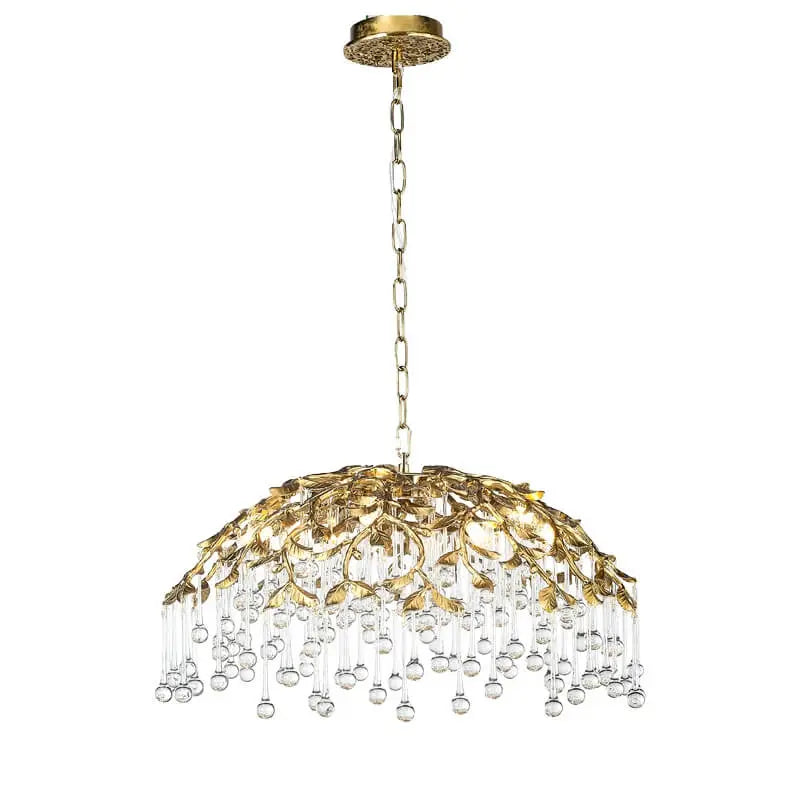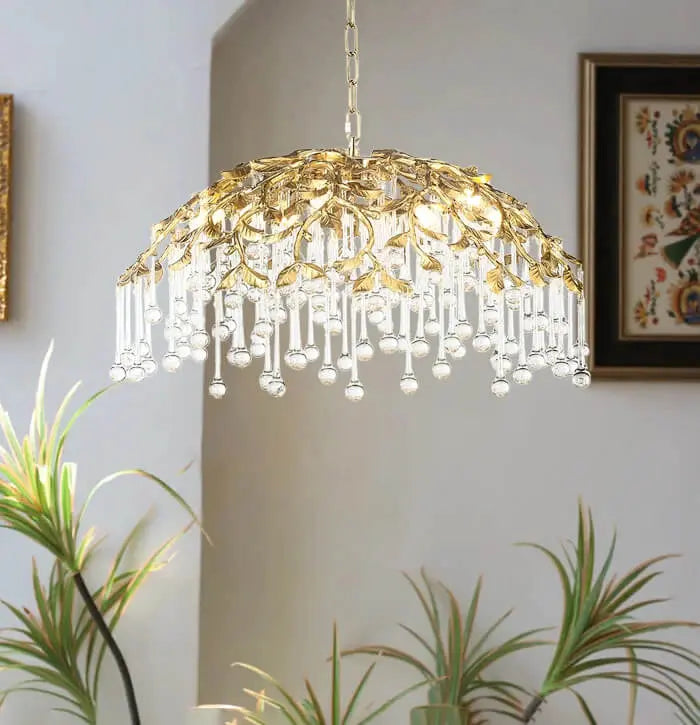Switching to commercial LED lighting fixtures can be a game-changer for businesses. These lights are not only energy-efficient but also offer a range of benefits that can lead to significant cost savings and improved workplace productivity. From better light quality to longer lifespan, LED lighting is a smart investment for any commercial space.
Key Takeaways
- LED lights are incredibly energy-efficient, using up to 80% less energy than traditional lighting options.
- The long lifespan of LED bulbs means fewer replacements and less maintenance, saving both time and money.
- Enhanced light quality can improve workplace productivity and reduce eye strain and fatigue among employees.
- LED lighting fixtures are highly versatile, offering customizable designs and a range of color temperatures to fit any decor.
- Switching to LED lighting is environmentally friendly, reducing carbon footprint and eliminating toxic elements.
Understanding the Basics of Commercial LED Lighting Fixtures
How LED Technology Works
LED stands for Light Emitting Diode. Unlike traditional bulbs, LEDs produce light by passing an electrical current through a microchip. This process results in minimal heat wastage and a longer lifespan. LED lighting is highly efficient and eco-friendly, making it a popular choice for various commercial applications.
Different Types of Commercial LED Fixtures
Commercial LED fixtures come in various types to suit different needs:
- Panel Lights: Ideal for offices and retail spaces.
- High Bay Lights: Perfect for warehouses and industrial areas.
- Tube Lights: Commonly used in schools and hospitals.
- Downlights: Great for accent lighting in commercial settings.
Key Features of LED Lighting
LED lighting offers several key features that make it stand out:
- Energy Efficiency: LEDs consume significantly less energy than traditional lighting options.
- Long Lifespan: LEDs can last between 50,000 to 100,000 hours, reducing the need for frequent replacements.
- Quality of Light: LEDs provide excellent color rendering, ensuring that objects and spaces appear true to their natural colors.
- Minimal Heat Production: LEDs emit substantially less heat, making them safer and more efficient.
Commercial LED lighting fixtures are designed to enhance workspace aesthetics and comfort, ultimately benefiting business efficiency.
Energy Efficiency and Cost Savings with Commercial LED Lighting
Calculating Energy Savings
One of the biggest benefits of LED lighting is its energy efficiency. LED bulbs use much less energy than traditional lighting options, which leads to big savings on electricity bills. When switching to LED lighting in a commercial building, it's important to calculate the energy savings accurately. You need to consider the number of fixtures, wattage, daily usage hours, and the cost of electricity. Many businesses see a quick return on investment (ROI) because of the lower energy use of LEDs.
Return on Investment (ROI)
Switching to LED lighting can be a smart financial move. The initial cost might be higher, but the long-term savings make it worth it. Businesses often see a fast ROI due to the reduced energy consumption and lower maintenance costs. The savings on electricity bills alone can make up for the initial investment in a short time.
Reducing Operational Costs
LED lighting not only saves on energy costs but also helps reduce other operational costs. LEDs have a longer lifespan, which means fewer replacements and less maintenance. This can lead to significant savings over time. Additionally, LEDs produce less heat, which can lower cooling costs in buildings. Overall, LED lighting is a cost-effective and energy-efficient choice for commercial spaces.
Enhancing Workplace Productivity with LED Lighting
Improved Light Quality
LED lighting provides superior light quality compared to traditional lighting. This means better color accuracy and consistency, which can make a big difference in work environments. Employees can see their tasks more clearly, reducing mistakes and improving overall productivity.
Reduced Eye Strain and Fatigue
One of the major benefits of LED lighting is that it produces less flicker. This helps in reducing eye strain and fatigue, creating a more comfortable work environment. When employees are less tired, they can focus better and work more efficiently.
Impact on Employee Well-being
LED lighting can also positively impact employees' well-being. Certain LED systems can mimic natural daylight, which helps regulate circadian rhythms. This can lead to better sleep patterns and overall health, making employees feel more energized and productive at work.
Proper illumination is vital for safety and productivity in warehouse environments. LED lights are the optimal choice for high ceilings, offering significant long-term savings and improved visibility.
- Improved Focus: LEDs can be adjusted to emit cool or warm light. Cooler tones promote focus and attention, while warmer tones create a calming atmosphere.
- Circadian Rhythm Regulation: Certain LED lighting systems can mimic natural daylight, positively impacting employees' circadian rhythm and promoting better sleep patterns.
By enhancing light quality and reducing eye strain, LED lighting can significantly boost workplace productivity and employee well-being.
Design Versatility and Aesthetic Appeal of LED Lighting
Customizable Lighting Designs
LED lighting offers unmatched versatility in design. Whether you're aiming for a minimalist living room decor or a boho chic home decor, LED fixtures can be tailored to meet your needs. They can be integrated into various settings, from industrial style home decor to Scandinavian home decor inspiration. The flexibility of LED lighting allows for creative DIY wall decor for bedroom projects and even apartment balcony decor ideas.
Color Temperature Options
One of the standout features of LED lighting is the ability to choose from a range of color temperatures. This means you can easily switch between warm and cool tones to match your living room color schemes or farmhouse kitchen decor. The adaptability of LED lighting makes it ideal for creating the perfect ambiance, whether it's for a modern farmhouse kitchen decor or vintage home decor trends.
Integration with Modern Decor
LED lighting seamlessly integrates with contemporary / modern lighting designs. It complements various styles, from affordable kitchen decor ideas to how to decorate a small bathroom. The sleek design of LED fixtures makes them a perfect fit for any modern setting, enhancing the overall aesthetic appeal. Whether you're working on gallery wall ideas for living room or looking for plants for home decor, LED lighting can elevate the look of any space.
Environmental Benefits of Commercial LED Lighting Fixtures
Lower Carbon Footprint
Commercial LED lighting fixtures are known for their energy efficiency, which translates to a lower carbon footprint. By using up to 80% less energy than traditional lighting options, LEDs help reduce greenhouse gas emissions. This makes them an excellent choice for businesses looking to adopt eco-friendly home decor ideas.
No Toxic Elements
Unlike fluorescent bulbs that contain mercury, LED lights are free from hazardous substances. This means they are safer to use and easier to dispose of, contributing to a healthier environment. The absence of toxic elements in LEDs ensures that they do not pose a risk to human health or the environment.
Reduced Light Pollution
LEDs offer better light direction and control, which helps in minimizing light spillage and unnecessary light pollution. This feature is particularly beneficial in urban areas where excessive light can disrupt local ecosystems and affect human well-being. By reducing light pollution, commercial LED lighting fixtures contribute to a more sustainable and balanced environment.
Choosing LED lighting fixtures is a step towards a greener and more sustainable future. Their energy efficiency, absence of toxic elements, and ability to reduce light pollution make them an ideal choice for businesses committed to environmental responsibility.
Reduced Maintenance and Longevity of LED Fixtures
Long Lifespan of LEDs
One of the standout benefits of LED lighting is its long operational life. LED bulbs can last up to 25,000 hours, which is significantly longer than traditional lighting options. This extended lifespan means fewer replacements and less frequent maintenance, saving both time and money for businesses.
Minimal Maintenance Requirements
LED fixtures are designed to be durable and require minimal upkeep. Unlike traditional bulbs that may need frequent changing, LEDs are built to last. This reduces the need for constant monitoring and maintenance, allowing businesses to focus on other important tasks.
Cost Benefits of Reduced Maintenance
The reduced need for maintenance translates to cost savings. With fewer replacements and less time spent on upkeep, businesses can allocate their resources more efficiently. Additionally, the long lifespan of LEDs means that the initial investment in these fixtures pays off over time, making them a cost-effective choice for commercial settings.
LED lighting is not only energy-efficient but also a smart investment for businesses looking to reduce operational costs and improve overall efficiency.
Installation and Implementation of Commercial LED Lighting
Steps for Upgrading to LED Lighting
Upgrading to LED lighting involves several key steps:
- Assessment: Evaluate the current lighting system and identify areas for improvement.
- Planning: Develop a detailed plan, including the types of LED fixtures needed and their placement.
- Budgeting: Calculate the costs involved and potential savings from reduced energy consumption.
- Selection: Choose the appropriate LED fixtures that meet your needs.
- Installation: Install the new LED fixtures, ensuring they are properly integrated with existing systems.
- Testing: Test the new lighting system to ensure it meets all requirements.
Common Installation Challenges
While installing LED lighting, you might face some challenges:
- Compatibility: Ensuring the new LED fixtures are compatible with existing electrical systems.
- Placement: Properly positioning the fixtures to avoid shadows and ensure even lighting.
- Wiring: Managing the wiring to prevent any electrical issues.
Working with Professional Lighting Experts
Hiring professional lighting experts can make the installation process smoother. They can help with:
- Designing: Creating a lighting layout that maximizes efficiency and aesthetics.
- Installation: Ensuring the fixtures are installed correctly and safely.
- Maintenance: Providing ongoing support and maintenance to keep the system running efficiently.
Professional lighting experts can help you get the most out of your LED lighting setup, ensuring long-lasting savings and optimal performance.
Installing and setting up commercial LED lighting is easier than you think. Our step-by-step guide will walk you through the process, ensuring your space is bright and energy-efficient. Ready to transform your lighting? Visit our website for more details and exclusive offers!
Conclusion
In conclusion, commercial LED lighting fixtures offer numerous benefits for energy efficiency and overall functionality. They require less maintenance, provide better light quality, and reduce heat output, making them a cost-effective and environmentally friendly choice. Additionally, their versatility in design and long lifespan make them suitable for various commercial settings. By upgrading to LED lighting, businesses can enhance productivity, save on energy costs, and contribute to a greener planet. The advantages of LED lighting make it a smart investment for any commercial space looking to improve its lighting solutions.
Frequently Asked Questions
What are the main benefits of using commercial LED lighting?
Commercial LED lighting offers several benefits including energy efficiency, cost savings, long lifespan, low maintenance, and improved light quality. They also reduce heat output and are environmentally friendly.
How do LED lights save energy?
LED lights save energy by using up to 80% less electricity compared to traditional incandescent and halogen bulbs. They convert most of the energy into light rather than heat, making them much more efficient.
Are LED lights more expensive to install?
While the initial cost of LED lights can be higher than traditional lighting options, they pay for themselves over time through energy savings and reduced maintenance costs. The return on investment (ROI) is often quick due to these savings.
How long do commercial LED lights last?
Commercial LED lights can last between 50,000 to 100,000 hours, which is significantly longer than traditional lighting options. This long lifespan reduces the need for frequent replacements.
Can LED lights improve workplace productivity?
Yes, LED lights provide better light quality, reduce eye strain, and can be adjusted to create a comfortable work environment. This can lead to improved employee productivity and well-being.
Are there any environmental benefits to using LED lights?
LED lights are environmentally friendly as they use less energy, reduce carbon emissions, and do not contain harmful elements like mercury. They also help in reducing light pollution.




